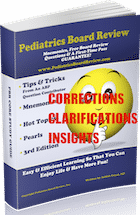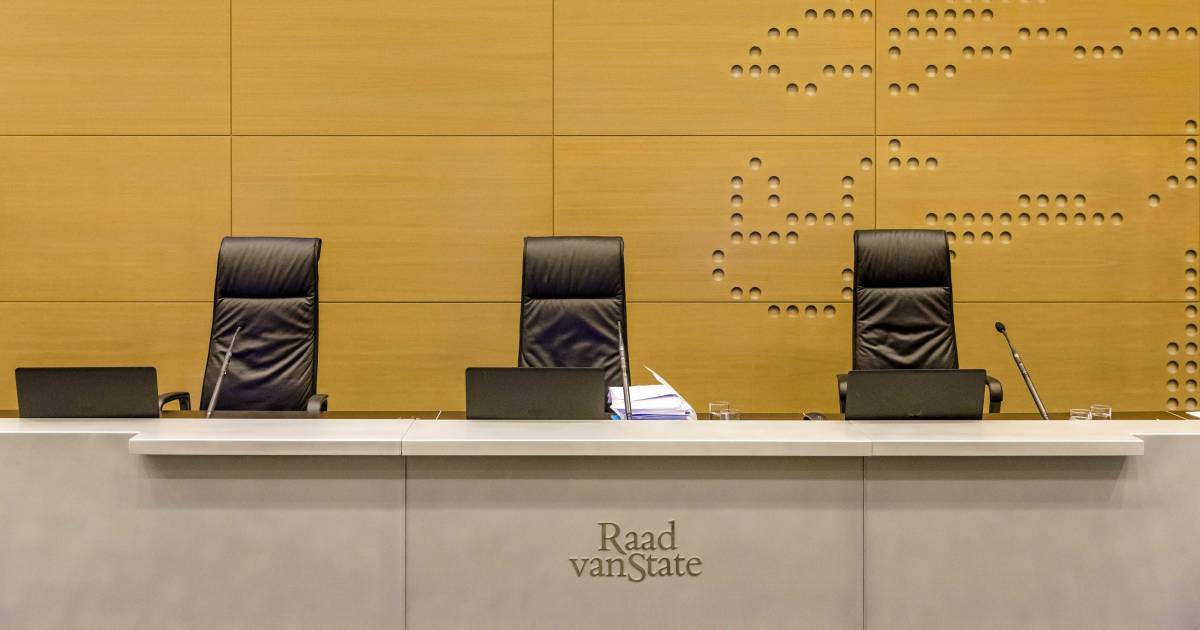Corrections And Clarifications: A Guide To Accurate Reporting

Table of Contents
Identifying Errors and Mistakes in Reporting
Accuracy is the cornerstone of credible reporting. Errors, however, are inevitable. Recognizing them is the first step towards implementing effective corrections and clarifications. Errors can range from simple factual inaccuracies to more serious contextual misinterpretations or ethical breaches.
- Factual Errors: These involve incorrect information, such as dates, names, locations, or statistics.
- Contextual Errors: These occur when information is presented out of context, leading to a misrepresentation of the facts.
- Grammatical Errors: While seemingly minor, grammatical errors can affect clarity and undermine credibility.
- Ethical Errors: These involve breaches of journalistic ethics, such as plagiarism, bias, or a lack of transparency.
Identifying these errors requires a rigorous fact-checking process. This includes:
- Reviewing sources for accuracy and bias: Scrutinize the credibility and potential biases of your sources.
- Cross-referencing information from multiple sources: Don't rely on a single source; corroborate information from multiple independent sources.
- Fact-checking names, dates, locations, and statistics: Double-check all specific details to ensure accuracy.
- Utilizing fact-checking tools and resources: Leverage online fact-checking databases and tools to verify information.
The Importance of Timely Corrections and Clarifications
Issuing prompt corrections and clarifications is not just good practice; it's an ethical obligation. Delayed corrections can severely damage your credibility and open you up to legal risks.
- Maintaining reader trust and credibility: Prompt corrections demonstrate your commitment to accuracy and build trust with your audience.
- Preventing the spread of misinformation: Quick action prevents inaccurate information from spreading further and causing harm.
- Avoiding potential legal action (libel, defamation): Failing to correct false information can lead to legal repercussions.
- Setting a standard of journalistic excellence: A commitment to corrections and clarifications showcases professional standards.
Best Practices for Issuing Corrections and Clarifications
When issuing corrections, clarity and transparency are key. The method should match the platform – a prominent online update is ideal for digital media, while a printed correction is necessary for print publications.
- Prominently displaying corrections: Make corrections easily visible, ideally near the original inaccurate information.
- Using clear and unambiguous language: Avoid jargon and technical terms; write in plain language.
- Avoiding jargon and technical terms: Ensure the correction is easily understandable for your audience.
- Maintaining a professional and respectful tone: Address the error factually and without defensiveness.
Utilizing Technology for Improved Accuracy in Reporting
Technology plays a crucial role in enhancing accuracy. Fact-checking software, data visualization tools, and collaborative platforms can help minimize errors and improve the efficiency of the reporting process.
- Using plagiarism detection software: Prevent plagiarism and ensure originality.
- Employing data verification tools: Utilize tools to verify the accuracy of data and statistics.
- Utilizing collaborative editing platforms: Facilitate teamwork and improve the review process.
- Implementing automated fact-checking workflows: Streamline fact-checking using automated tools.
Mastering Corrections and Clarifications for Accurate Reporting
In conclusion, accurate reporting is not merely about avoiding mistakes; it’s about establishing a culture of accountability and transparency. By implementing effective strategies for identifying, addressing, and issuing timely corrections and clarifications, you uphold the highest standards of journalistic integrity. We've explored the various types of errors, the critical importance of timely responses, best practices for issuing corrections, and the role of technology in improving accuracy. By mastering the art of corrections and clarifications, you can uphold the highest standards of accuracy and build trust with your audience. Start implementing these strategies today to enhance the integrity of your reporting.

Featured Posts
-
 Airbnb Domestic Searches Surge 20 Canadians Opt For Staycations
Apr 30, 2025
Airbnb Domestic Searches Surge 20 Canadians Opt For Staycations
Apr 30, 2025 -
 Bayern Munich Af D Politician On Board Unthinkable Says President
Apr 30, 2025
Bayern Munich Af D Politician On Board Unthinkable Says President
Apr 30, 2025 -
 Duty Free Shop At Peace Bridge In Receivership Due To Reduced Travel
Apr 30, 2025
Duty Free Shop At Peace Bridge In Receivership Due To Reduced Travel
Apr 30, 2025 -
 A Look Ahead Ru Pauls Drag Race Season 17 Episode 11 And The Ducks
Apr 30, 2025
A Look Ahead Ru Pauls Drag Race Season 17 Episode 11 And The Ducks
Apr 30, 2025 -
 Mario Nanni Omaggio A Un Grande Del Giornalismo Parlamentare Italiano
Apr 30, 2025
Mario Nanni Omaggio A Un Grande Del Giornalismo Parlamentare Italiano
Apr 30, 2025
Latest Posts
-
 Gaslucht Roden Vals Alarm
May 01, 2025
Gaslucht Roden Vals Alarm
May 01, 2025 -
 Juridische Strijd Kampen Eist Aansluiting Op Stroomnet Van Enexis
May 01, 2025
Juridische Strijd Kampen Eist Aansluiting Op Stroomnet Van Enexis
May 01, 2025 -
 Melding Gaslucht In Roden Loos Alarm
May 01, 2025
Melding Gaslucht In Roden Loos Alarm
May 01, 2025 -
 Problemen Met Enexis Aansluitingen Voor Limburgse Bedrijven
May 01, 2025
Problemen Met Enexis Aansluitingen Voor Limburgse Bedrijven
May 01, 2025 -
 Enexis En Kampen In Juridisch Gevecht Om Stroomnetaansluiting
May 01, 2025
Enexis En Kampen In Juridisch Gevecht Om Stroomnetaansluiting
May 01, 2025
